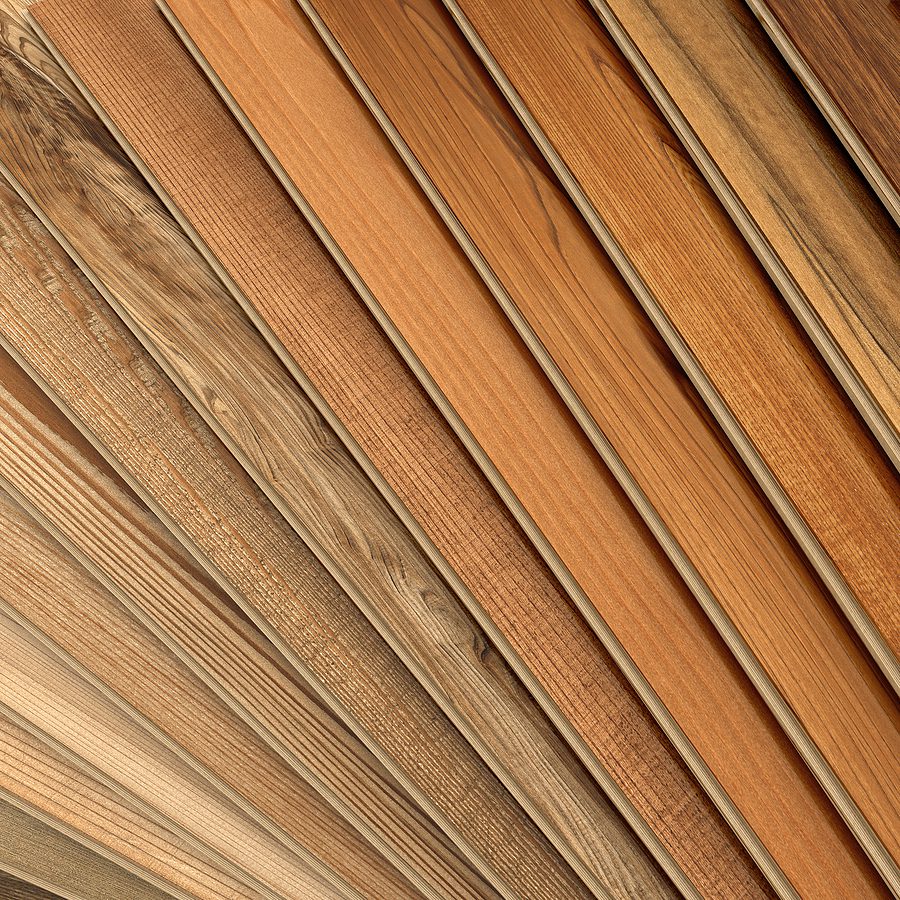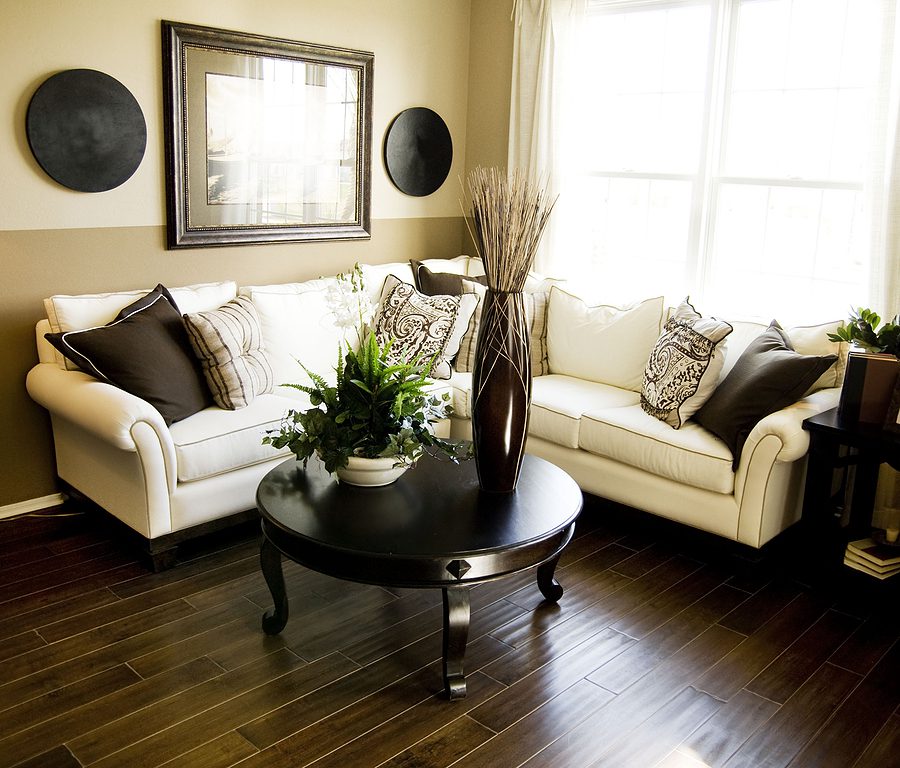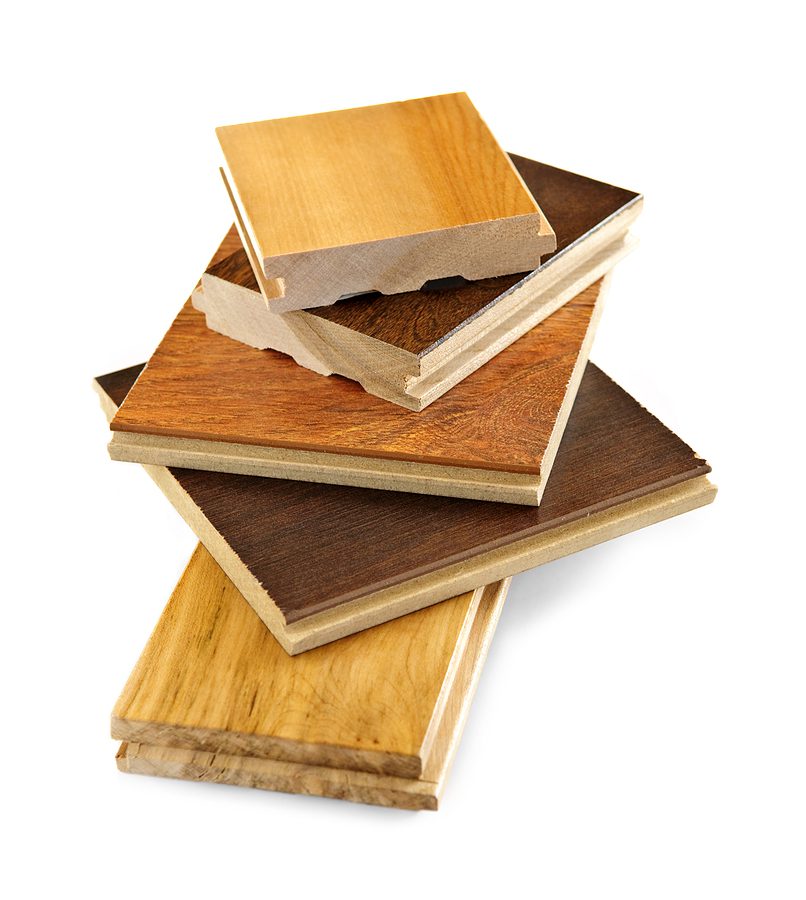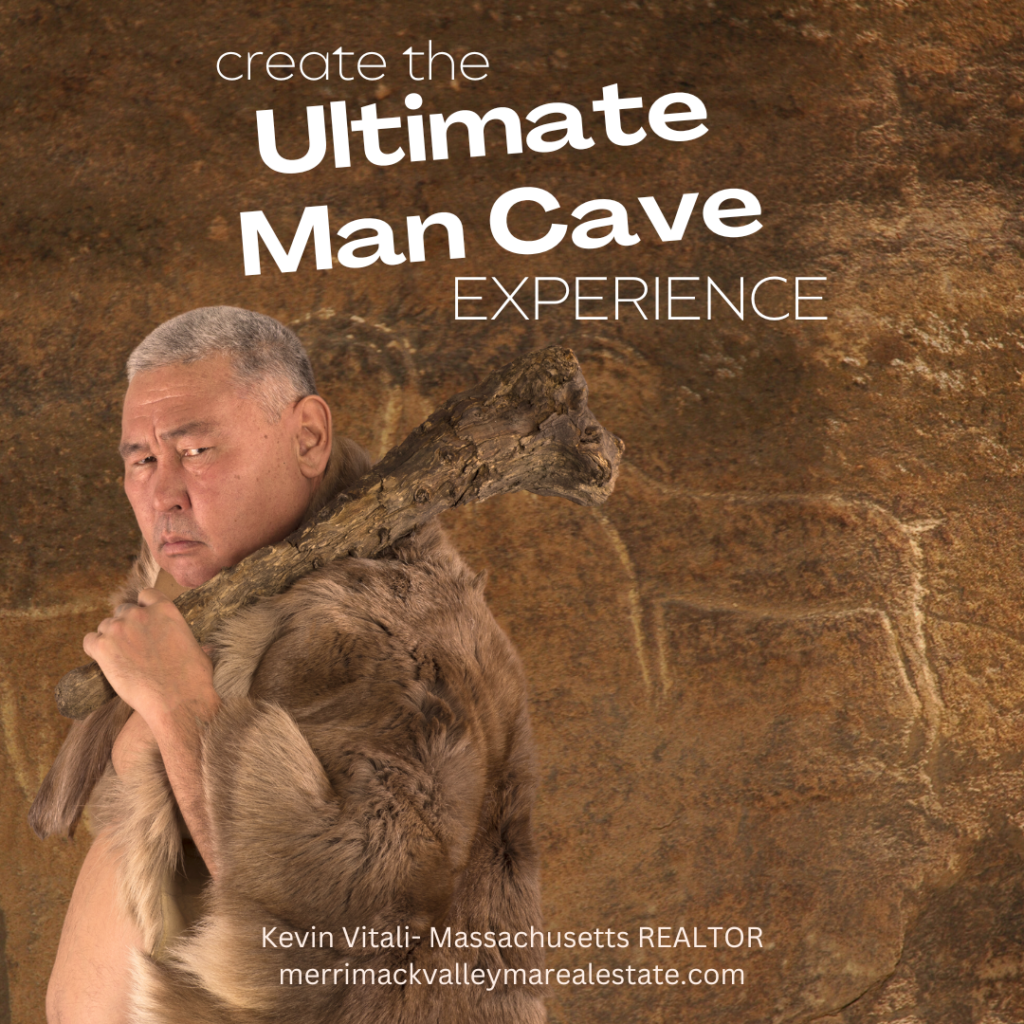What Is Hardwood Flooring?

Hardwood flooring is one of the most popular and durable floor coverings used in our homes. It can be used on its own or as an underlayment for carpet, making it a perfect solution for any home.
One of the great aspects of hardwood floors is that they never go out of style, even when trends change or as styles come and go. They’ve been around consistently for thousands of years, not going out of style ever, and will likely be around forever.
This is because hardwood provides an instant connection between the interior and the natural world. It makes a modern room feel like a forest, with the realistic foliage that brings an essence of nature into your home.
The term “hardwood” refers to any type of wood that has been cut, planed and finished to resemble a plank made from lumber. Lumber was traditionally peeled from logs into boards that were cut into planks. The boards were then cut to length, laid side-to-side, and glued together with a biscuit joint (a thin piece of wood that acts as the glue). This type of construction is what we call “solid wood.”
Pros and Cons of Hardwood Flooring
It is important to consider the quality of the hardwood flooring you are installing. You don’t want to be replacing your floors for the foreseeable future since they will not be cheap to replace.
Wooden floors can last a long time if they are well taken care of. This is why it is important to decide which type of hardwood flooring you would like before you make any big commitments or purchases that will cost a lot of money in the future.
Here are the advantages and disadvantages of hardwood flooring. These will help you decide if it’s the best choice for you or not.
Pros of Hardwood Flooring
- Durable and long lasting:
- Hardwood flooring is durable and has a lifespan of 5-25 years depending on the quality and care.
- Reliable investment:
- Hardwood flooring prices are typically higher than carpet or linoleum, but it lasts longer so it’s worth the investment.
- Environmentally friendly:
- Hardwood floors are environmentally friendly because they can be finished with natural oils or other non-toxic materials.
- Great Variety:
- Materials: Hardwood floors vary with the material used for the finish. These can be made of oak, walnut, cherry or pine.
- Finishes: You can find hardwood floors with various finishes such as gloss, matte and satin that all have different qualities.
- Colors: There are various colors available for hardwood floors such as light brown, dark brown and red wood which work best in specific rooms.
- Shapes: Round-edge shape is perfect for contemporary homes while square-edge shape is best suited to classic homes.
- Cleaning and maintenance is easy:
- Hardwood floors are a stagnant product that doesn’t require any kind of chemicals or treatments to be applied at any point in its lifetime.
- They’re also easier to clean than carpet and can be finished with natural oils, waxes, or polyurethane to give them a shiny finish.
- Natural beauty:
- Hardwood flooring is one of the most natural flooring materials available. It is a renewable resource, and it can be sustainably harvested.
- The reason why a hardwood floor is more environmentally friendly than other types of floors is that it does not need any chemical processing to be made.
- Never go out of style
- Hardwood floors have been around for centuries in one form or another, and they’ve endured because of their ability to represent class and sophistication.
- Hardwood flooring has a natural beauty that carpeting simply cannot compete with, and it provides a classic, luxurious look that can be completely customized to suit your every need.
- Water resistant
- Hardwood floors are water resistant, which means they can handle spills without becoming damaged. However, if you have a larger spill like cereal or milk, you should wipe it up as soon as possible to avoid any damage to the flooring.
Cons of Hardwood Flooring
- More expensive than other types of floor
- The initial cost of hardwood flooring can be expensive which means that you’ll have to spend more money up front. It is much more expensive than other types of floors, like laminate or carpet.
- Time-consuming installation process
- It can be difficult to install which means that you’ll have to hire someone who knows what they’re doing or do it yourself if you are motivated enough.
- Not ideal for pets or children
- Hardwood floors are not ideal for pets or children. Pet claws can scratch them up and make them look ugly. They also produce an odor when they are used for a long time so they need to be cleaned more often than other types of floors.
- More susceptible to moisture
- One of the disadvantages of hardwood flooring is that it is more susceptible to moisture than other flooring materials.
- No customizations after installation
- The designs in hardwood flooring are also permanent. This means that if you don’t like how your hardwood floor looks after installation, you will never be able to make design changes without using a different type of wood entirely (which can lead to some very expensive mistakes).
Types of Hardwood Flooring Available
Choosing the right type of hardwood flooring for your home can be confusing and frustrating. There are so many different types available, with different trade-offs and benefits. Hardwood Floors are made of oak, mahogany, walnut, cherry, bamboo, hickory, and other types of wood. Not sure which type to choose? We’ll help take the guesswork out of it for you! We have put together a guide below to make it easier for you.
Solid Hardwood Flooring
Solid hardwood flooring is made from a single piece of wood, which is why it’s also called “solid”. The grain pattern and color of the wood are unique, though there may be some variation in the color. Because it’s made from one solid piece, the seams are naturally attached tightly together, which makes them resistant to water and rot that can damage other types of flooring.
Solid hardwood flooring comes in a variety of different colors and textures. It can be found untreated or finished with stains or sealants.
The benefits of this type of flooring is how natural they are for your home or office building, and they’re easy to maintain as well.
Engineered Hardwood Flooring

Engineered hardwood flooring is a type of hardwood floor that is engineered to have different layers, or a top layer with a core. This makes it more durable than solid hardwood.
This type of wood has been engineered for two purposes: it is more resistant to dents and scratches, and it can be laid out on uneven surfaces.
The other benefit of Engineered hardwood flooring is that the top layer of such flooring can be sanded and refinished to look like new without having to replace the entire floor. It will save you money in the long run. Engineered hardwoods are not to be confused with laminate floors which only gives the appearance of hardwood.
What to Consider when Choosing the Right Hardwoods Flooring
Color
There are many factors to consider when deciding on hardwood flooring color, including the type of wood and the space in which it will be installed.
Different types of hardwood floors have different colors. For example, oak is a light-colored wood, while walnut is darker. If you want to match your flooring to a specific wall color, you will have to decide flooring type & texture accordingly.
Grain Pattern and Appearance
Hardwood flooring is typically made from solid wood planks. The grain pattern and appearance of the hardwood floor depends on the orientation of the wood when it is cut which can vary between manufacturers. In general, the different types of hardwood floors are classified as either “Figured maple,” “Quarter sawn,” or “Flat-cut.”
Wood Species
Choosing the right wood species for a hardwood floor can effect the durability and longevity of the floor.
Some of the types of wood are:
- Oak Wood
- Pine Wood
- Maple Wood
- Walnut Wood
- White Oak Wood
- Cherry Wood
- Hickory Wood
The three most common types of wood used in hardwood floor are oak, maple, and walnut. Each one has its own advantages and disadvantages.
For example, Oak is more durable than other woods but it is difficult to work with because it is tough and heavy. Pine, on the other hand, is easy to work with but not as durable as Oak.
Other popular hardwoods used as floorboards include: cherry, poplar, beech, pine, and ash.
Finish Type
Finishes are used to improve the appearance of the wood, change its properties, or enhance its durability.
Below are the main finishes used with hardwood flooring:
- Oil-Modified Urethane
- Moisture-Cured Urethane
- Water-Based Urethane
- Swedish Finishes
- Penetrating Sealers
- Paste Wax
- Varnish
- Lacquer
- Shellac
Lifestyle and Traffic
Lifestyle and traffic flow are two factors worth keeping in mind when choosing a floor type.
Hardwood flooring is an excellent choice for homes with active lifestyles, which includes single-family homes with children, families with pets, and homeowners in need of wheelchair accessibility. This type of flooring also offers the best lateral stability when it comes to traffic.
Cost and Installation
Installing hardwood flooring is a costly investment, but it lasts for decades. It can be seen as an investment rather than a monthly expense.
A recent study by Richfield Flooring Company found that the average cost of installing hardwood floors in a home starts at around $2,500 and can go up to $7,000. Installation labor and materials are the two main factors to account for this wide range in price.
The cost of installation varies depending on whether you are installing new hardwood or replacing old floors with new ones. If your floors need to be replaced, then it costs around $1.00 per square foot while if they are new then it ranges from $4-6 per square foot which is about three times higher than that of older flooring replacement costs. The installation factor can be an issue for new homeowners, as they might not have enough time to install their own flooring.
Some contractors charge hourly rates while others charge a flat fee for the project. Depending on your availability and the level of expertise you want, you can choose from various costly options or go for the cheaper ones that will still provide the same quality of service depending on your needs and preferences.
Style of Your Home
The design of the home is largely influenced by the type of flooring installed inside. Hardwood floors offer a beautiful interior and exterior look and are also popular among homeowners.
There are many different styles to choose from such as contemporary, traditional, rustic, modern and more.

Conclusion
Choosing the best wooden floor doesn’t have to be hard. Just know what you’re looking for in regards to the interior design of your home, your budget, and what’s available.
Hardwood floors are timeless and a popular feature when it comes time to sell your home.
There are two main types of hardwood flooring to choose from, engineered and slolid, and it really comes down to what you want and what you can afford. Solid hardwood is quiet, durable & timeless; engineered flooring is affordable, less noisy, & easier to install.
Knowing what you’re looking for can go a long way in deciding which type of wood floor is best for your needs.
Before deciding on a hardwood color, it’s worth considering how it’ll tie in with the design of your home and whether you can change your décor easily.
Other Real Estate Resources
Find out what potential home buyers like for flooring. Bill Gassett discusses popular flooring choices for each room in the home.
Installing hardwoods in your home can create the luxury fell you are looking for. Sharon Paxson shares how to make your home feel luxurious on a budget.
Buying a home with pets in mind can sometimes make hardwood floors difficult. Paul sain points out that your hardwoods can get scratched very easily by your dog.





